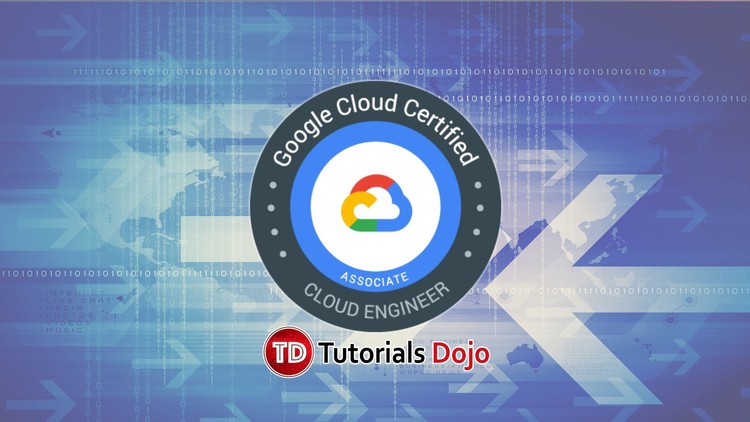Last updated on June 26, 2023
Google Cloud Pub/Sub Cheat Sheet
- Cloud Pub/Sub is a fully-managed real-time messaging service for event driven systems that allows you to send and receive messages between independent applications.
Features
- Capable of global message routing to simplify multi-region systems.
- Synchronous, cross-zone message replication and per-message receipt tracking ensure at-least-once delivery at any scale. Pub/Sub delivers each message at least once, so the Pub/Sub service might redeliver messages.
- You can declare independent quota and billing for publishers and subscribers.
- Cloud Pub/Sub doesn’t have shards or partitions. You just need to set your quota, publish, and consume.
Key Concepts
- Topic
- It is a named resource to which publishers send messages.
- Subscription
- Is a named resource representing the stream of messages from a specific topic, to be sent to the subscribing application.
- Message
- The combination of data and attributes that a publisher sends to a topic and is eventually sent to subscribers.
- Message attribute
- A key-value pair that a publisher can define for a message.
Publisher-subscriber relationships
- A publisher application creates and sends messages to a topic.
- Subscriber applications then create a subscription to a topic to receive messages from the topic.
- Communication can be
- one-to-many
- many-to-one
- many-to-many
Pricing
- Pub/Sub pricing is calculated based upon monthly data volumes:
- Message ingestion and delivery
- Snapshots and retained acknowledged messages
- The first 10 GB of data per month is offered free of charge.
Validate Your Knowledge
Question 1
You have an application packaged on a container that you plan to deploy on Cloud Run. The application performs some data analysis on messages from a Cloud Pub/Sub topic called order-queue. You want to follow Google-recommended practices.
What should you do?
-
a. Build a Cloud Function that is triggered every time there is a message from a Cloud Pub/Sub topic.
b. Invoke your application on Cloud Run from the Cloud Function on every message. -
a. Create a new Service Account and attach the
roles/pubsub.subscriber.
b. Create a Pub/Sub subscription on theorder-queuetopic.
c. Configure the Cloud Run application to use the new Service Account to pull messages from the subscription. -
a. Create a service account.
b. Associate the Cloud Run Invoker role to the service account of your Cloud Run application.
c. Create a Cloud Pub/Sub subscription using the new service account and set the push endpoint using the service URL of your Cloud Run application. -
a. Use Cloud Run for Anthos to deploy your application and expose your application to the public by setting the connectivity to
External.
b. Create a Pub/Sub subscription on theorder-queuetopic.
c. Deploy a new container that takes messages from Cloud Pub/Sub and sends it to your application.
For more Google Cloud practice exam questions with detailed explanations, check out the Tutorials Dojo Portal:
Cloud Pub/Sub Cheat Sheet References:
https://cloud.google.com/pubsub
https://cloud.google.com/pubsub/docs/overview





















